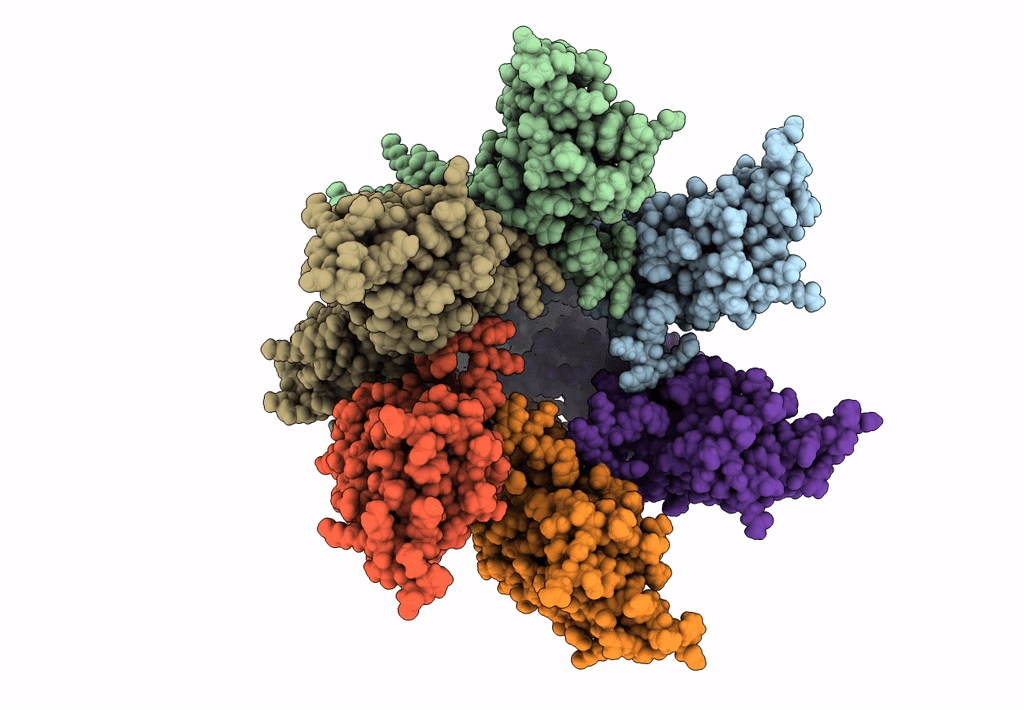
Deposition Date
2023-01-23
Release Date
2023-02-01
Last Version Date
2024-07-24
Entry Detail
Biological Source:
Source Organism:
Human endogenous retrovirus K (Taxon ID: 45617)
Host Organism:
Method Details:
Experimental Method:
Resolution:
3.20 Å
Aggregation State:
PARTICLE
Reconstruction Method:
SUBTOMOGRAM AVERAGING


